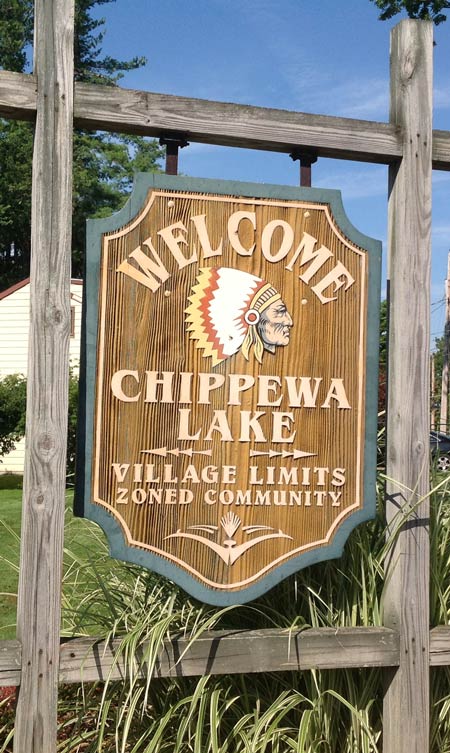Save The Lake Coalition
Volunteers dedicated to improving the quality of water at Chippewa Lake and the entire Upper Chippewa Late Watershed.
About Save the Lake Coalition

Our History
Chippewa Lake, Ohio’s largest glacial lake is an ecological and historic treasure surrounded by picturesque Chippewa Lake Village, Gloria Glens Village, park land and farmlands located in Medina County, Ohio. The Lake is owned and managed by Medina Country Park District. The Medina County Park District has a small dedicated staff who are tasked with managing 19 parks and nature preserves with 50 trails and also oversees and manages wetlands, playgrounds, lakes, forests and many programs and activities within the park district.
In 2017, the Park District was contacted by the National Oceanic and Atmospheric Administration (NOAA) when a satellite image showed a cyanobacteria (aka HAB) was present. The Park took steps that year to post warning signs that a cyanobacteria bloom was present when the toxin level were 6 parts per billion (ppb) and closed the lake when the level reached 20 ppb.
In the fall of 2017, a group of concerned Chippewa Lake Village resident recognized the need and formed the Save the Lake Coalition. The goal was to better understand the threat to the lake and its users and what actions could be taken to improve the situation.
Like any organization, we started with baby steps:
- Seeking and welcoming volunteers
- Gathering information about the cyanobacteria threat
- Meeting with park officials to explain how we could work with the district to provide information and potential solutions without disrupting their day to day organizational responsibilities
- Conservation
Our Achievements
With the clear understanding that lake management was just one responsibility for the park district, Save the Lake took steps to:
- Raise public and political awareness through this website, local articles, meeting with local municipalities and press releases
- Raise public contributions
- Support and MCPD lead baseline study of nutrients contributing to cyanobacteria problem
- Apply for and receive grants, providing money to the MCPD and Medina County Soil and Water District
- Engage with recognized hazardous algae bloom experts (The Ohio State University’s Stone Lab, Israel’s BlueGreen Technologies and others).
- Attend non-point source (NPS) protocol training.
- Participate with the first US application of Lake Guard™*, a copper-sulfate modified product developed by the Israeli company, BlueGreen Technologies.
- Measure and record lake clarity during the summer months
- Improve Lake limiting closures due to HABs
- 2017: 1
- 2018: 7
- 2019: 1
- 2020: 0
- 2021: 0
- 2022: 0
Our Goals
We realize that despite this huge success there are problems yet to be solved. The historic nutrient and sediment loading in the lake remains a very large and challenging problem. Agricultural and residential development runoff and wetland development takes financing, planning, commitment, education and years to accomplish.
We are committed to these goals through the deployment of best practices, education and public engagement in coordination with our partners the Medina County Parks District and the Medina County Soil and Water District.
- Ensure a sustainable and healthy lake now and for the future.
- Expand water quality improvements in the lake and within the watershed.
- Focus on community needs around and on the lake.
* This scientifically developed product is disbursed over the water surface and it slowly dissolves, killing and weakening the cyanobacteria until other desirable algae forms are free to grow and return the lake to its natural balance. The opportunity to be the first inland lake in the U.S. to receive this amazing application was the direct result of the Save the Lake’s website which led BlueGreen Technologies to reach out and engage with us. After the Lake Guard’s™ August 2017 application, scientific readings fell to record lows from August through December. All this was achieved with no fish kills and no impact on flora or fauna.